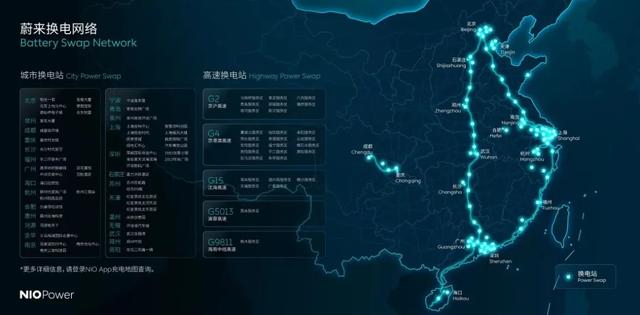On August 17th, the recommended national standard GB/T “Safety Requirements for Electric Vehicle Battery Swap” drafted by leading companies such as BAIC New Energy, NIO, and China Automotive Technology and Research Center has passed the review.
“Safety Requirements for Electric Vehicle Battery Swap” sets the minimum battery swap requirements for 5000 times (snap-on) and 1500 times (bolt-on) respectively, ensuring the safety of users when swapping batteries within the service life of the vehicle.

Currently, “charging difficulties” is still a problem for consumers facing the choice of new energy vehicles. Issues such as insufficient public charging facilities, long charging time, lack of charging conditions, and frequent charging still exist, which affects the replenishment of electric vehicles. The “battery swap mode” can solve these problems to a certain extent. The introduction of unified battery swap safety standards is putting a “safety helmet” on the development of battery swapping.

However, due to objective reasons such as different car companies and different models, before the unified battery swap standards were introduced, the battery swap mode can only be developed by the car companies themselves, which makes it difficult to be widely used in the whole industry with national support. Taking NIO as an example, the cost of building a battery swap station is as high as seven digits, and there are also a series of expenses such as personnel, site rental, and daily consumption to be considered. The high construction cost has also to some extent restricted the development of electric vehicles.
Therefore, for the “battery swap mode”, we look forward to more detailed industry standards to eliminate the pain points of the development of electric vehicle battery swapping.
This article is a translation by ChatGPT of a Chinese report from 42HOW. If you have any questions about it, please email bd@42how.com.
